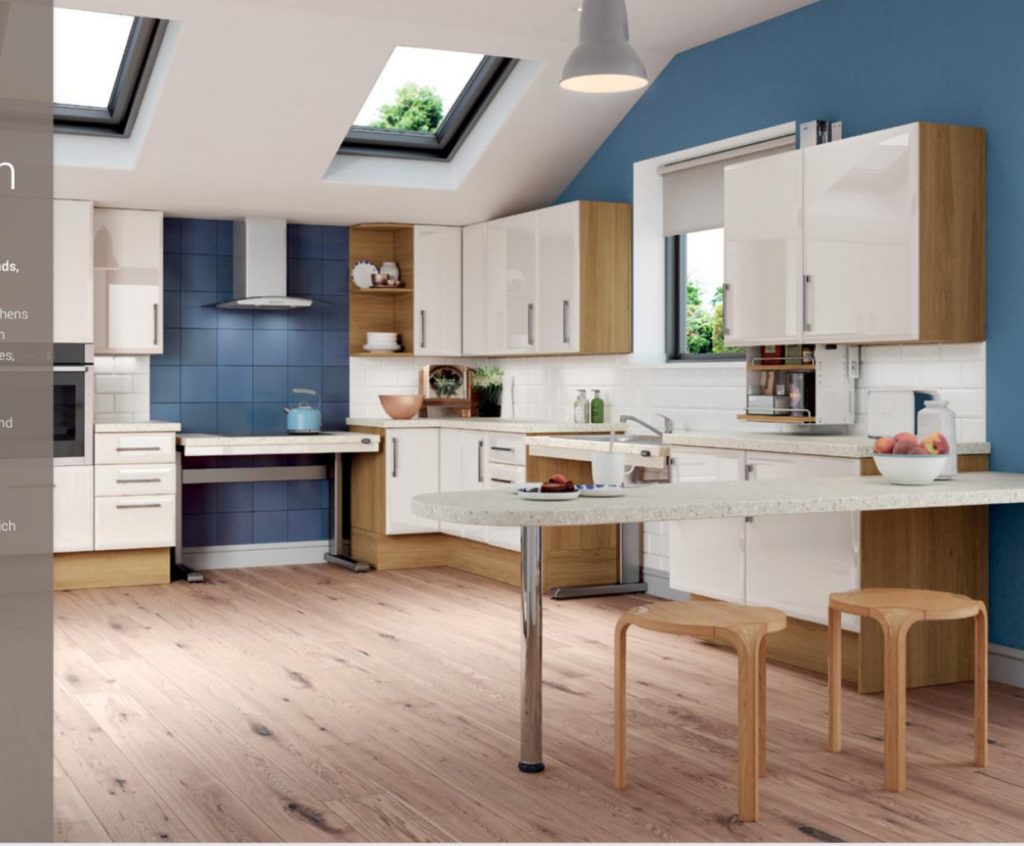
Four Ways Technology Is Helping To Make Kitchens More Accessible
Accessibility begins in the kitchen. In terms of functionality, it is the most important room in the house as it is the one where people can cook, clean and take care of themselves.
Any house modifications that have the aim of enabling independence, therefore, must have the kitchen at the centre.
Thankfully, there has been a lot of technological advances that centre around the kitchen and allow for the person using it to be at the heart of this design, and with that in mind, here are five ways technology is helping to make kitchens more accessible to everyone.
Heat Induction Hobs
One of the most critical parts of kitchen accessibility is ensuring that work surfaces are as safe as they can be, and one modern application of a century-old technology is heat induction stoves.
Induction heating is different from gas flame hobs or electric hobs with a hot cooking element because they only heat up when in contact with magnetic pans.
More recent innovations have added safety shut-offs and shatter-proof glass to avoid any harm, as well as changing the standard square design of the hobs to a linear array so you no longer need to reach over the front induction plate to reach a pan at the back.
Smart Appliances
The smart home has become a major talking point when people discuss accessibility in the home, as when a smart home is set up correctly, it can give people a great deal of autonomy.
These include smart lights, which connect to a central hub and allow a person to control the lights using voice commands or an easy-to-use application, as well as doors, doorbells and thermostats.
Beyond wider home improvements, however, smart appliances are very useful in the kitchen as well. Smart fridges have become increasingly sophisticated and can help to keep track of perishable food using cameras and sensors built inside the fridge.
Smart ovens allow for voice-controlled cooking and often contain other helpful accessibility features such as side entry doors, slide and hide doors and self-cleaning systems.
As these can be controlled from a central hub or via voice commands, it allows for greater independence and more integration of different parts of the kitchen.
Safe Smart Flooring
Accessibility is about ensuring the safety of independent people and allows them to get help whenever it is required. One innovation helping with this is the smart floor, an innovative underfloor system that can detect where a homeowner is around the house.
Whilst this can be useful for automatically turning on lights or activating other accessibility systems, its primary purpose is to detect falls, and will immediately alert first-line carers or family members to ensure a rapid response.
Computer-Aided Design
One of the best tools for helping with accessible kitchens is not used in the kitchen itself but used to design a tailored accessible living solution.
Computer-aided design has not only improved in scale and sophistication but has also become easier to use than ever before, allowing designers to create increasingly customised and affordable kitchen designs to suit the needs of the people who will use it on a daily basis.
For more information on accessible kitchens in Reading, get in touch today.

